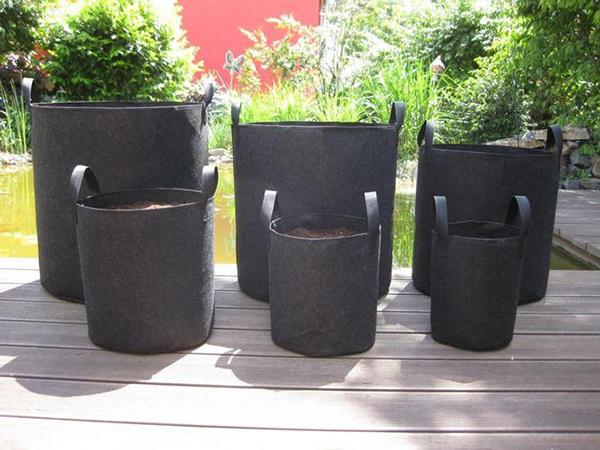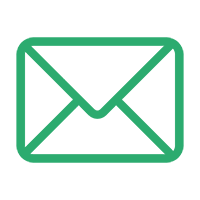What products can be made from PLA fibers and nonwoven fabrics?
You might be surprised to learn that everyday items like sanitary pads, diapers, wet wipes, makeup remover pads, facial towels, cotton pads, and face masks are all made from PLA fibers and nonwoven fabrics. These products are part of the downstream applications in the PLA nonwoven fabric industry for personal care.
Currently, nonwoven fabrics are widely used in various disposable sanitary products, and PLA nonwoven fabric, as a bio-based material, offers significant advantages due to its natural and skin-friendly properties.
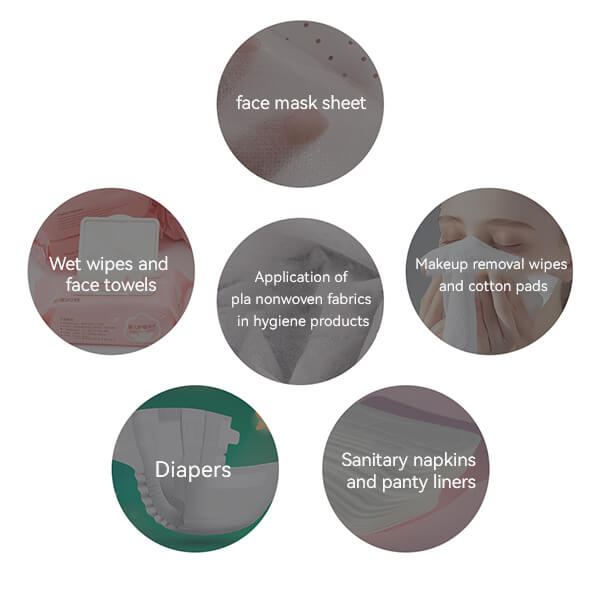
1. Natural, skin-friendly, antibacterial, and hypoallergenic
Polylactic acid (PLA) is a bio-based material derived from renewable plant resources. It is naturally safe and reduces chemical irritation to the skin.
PLA originates from lactic acid, a substance naturally found in the human body, which has high biocompatibility and is non-allergenic. This means disposable sanitary products made from PLA fibers are less likely to cause allergic reactions when in contact with the skin, making them suitable for sensitive skin.
Additionally, the surface of PLA fibers exhibits a mild acidity due to lactic acid, which helps maintain the microbial balance on the skin's surface, providing natural antibacterial protection.
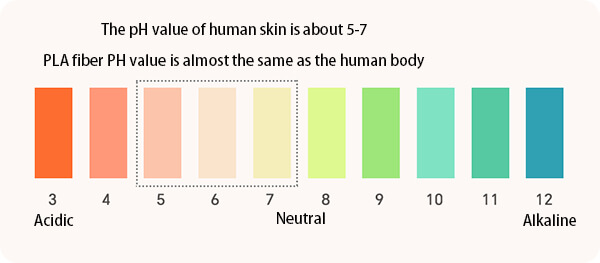
How does PLA fiber inhibit bacteria?
Antibacterial tests have shown that PLA fibers exhibit strong antibacterial properties against harmful bacteria like Staphylococcus aureus and Moraxella. PLA fibers have the unique ability to secrete "lactic acid," which penetrates the bacterial cell membrane, disrupting bacterial growth and achieving an antibacterial effect.
In practical applications, such as in diapers, whether for infants, women, or the elderly, products made from skin-friendly and antibacterial materials are more inclusive, catering to different skin types. For example, diapers with PLA fiber topsheets can help alleviate issues like diaper rash, providing a more comfortable and reassuring experience for users.
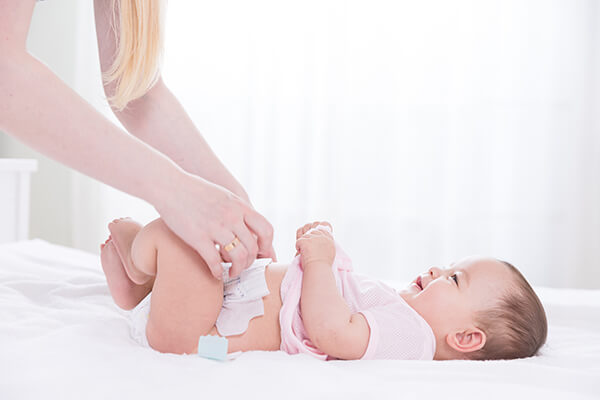
Moreover, using bicomponent PLA fibers can reduce the need for chemical adhesives, preserving the product's natural properties and ensuring even greater safety.
2. Breathability and moisture absorption
PLA fibers are lightweight and quickly return to a dry state after becoming wet, reducing the opportunity for bacterial growth. Additionally, PLA fibers have excellent breathability, offering a comfortable experience for users.
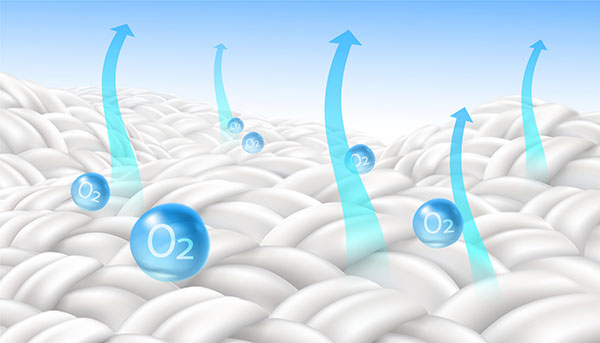
In practical applications, PLA thermally bonded nonwoven fabrics demonstrate superior hydrophilic and hydrophobic properties compared to other cellulose fibers (e.g., cotton, bamboo). Using PLA thermally bonded nonwoven fabrics in the topsheets of diapers and sanitary napkins ensures a dry feeling on the skin, enhancing the overall user experience.
3. Soft touch and comfort
PLA fibers have a soft texture, gently caring for the skin during use. This makes them particularly suitable for baby and feminine sanitary products.
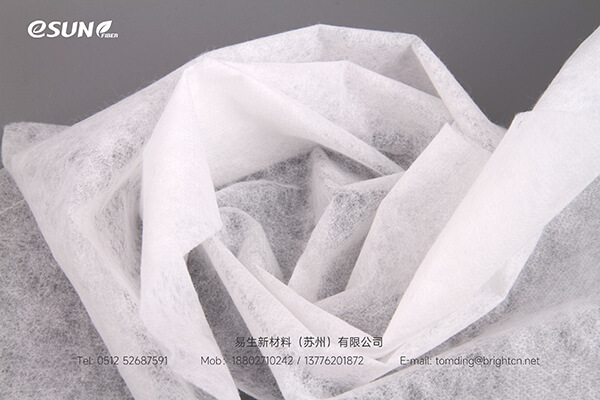
4. High strength and durability
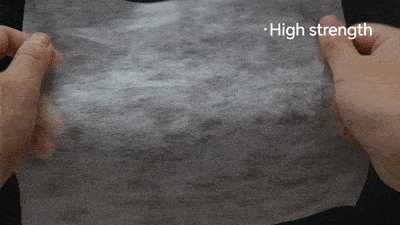
Nonwoven fabrics made from PLA fibers boast excellent physical properties, such as high strength and resistance to friction and rubbing. This ensures functionality when used in products like makeup remover wipes, facial towels, and wet wipes.
5. Biodegradable and eco-friendly
In the context of low carbon and sustainable development, one of the major advantages of PLA fibers is their biodegradability. Products made from PLA fiber nonwoven fabrics decompose easily in natural environments, and the resulting carbon dioxide and water do not pollute the environment. These byproducts can re-enter the ecological cycle through the photosynthesis of green plants.
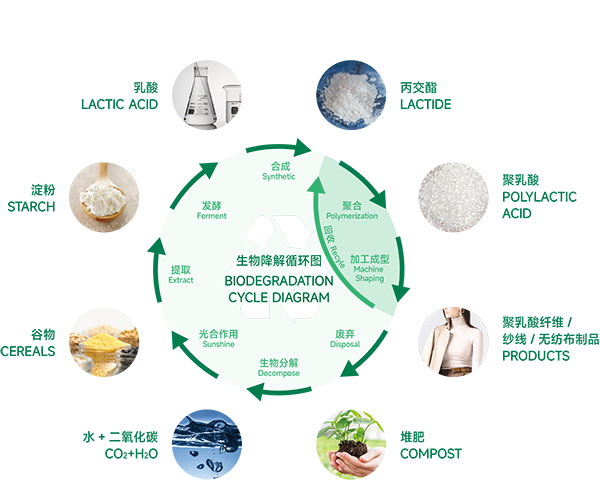
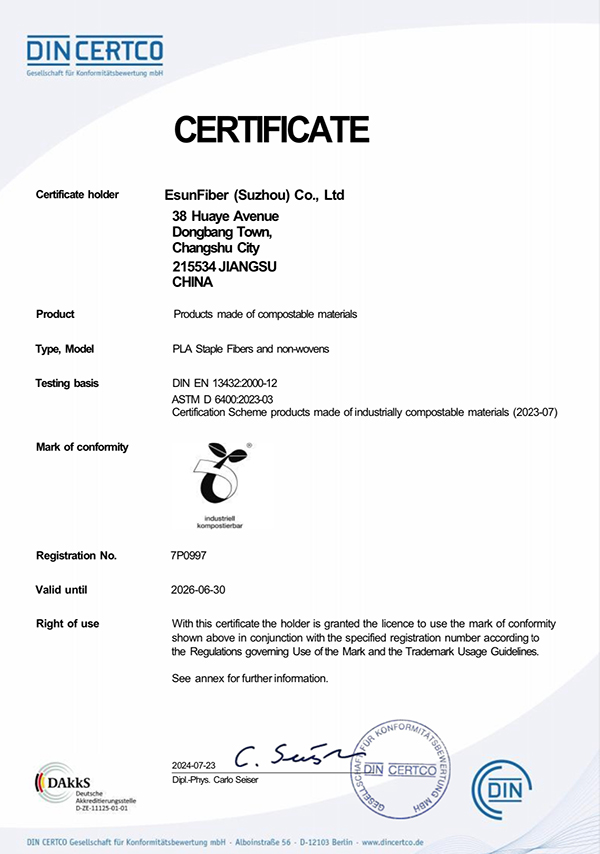
In the future, as production processes and technologies continue to improve, the application of PLA fiber nonwoven fabrics in sanitary products will become more diverse and extensive.











